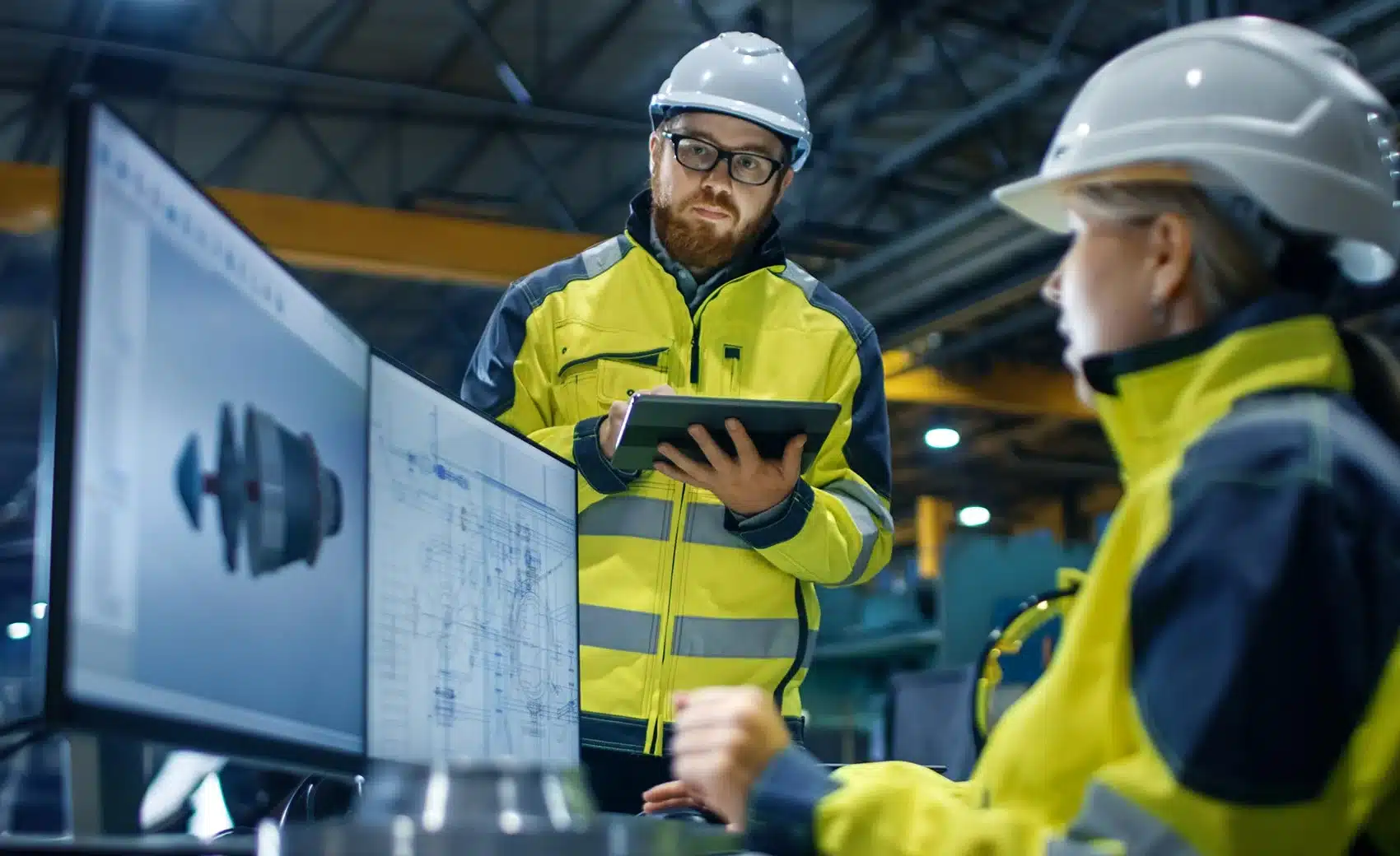As the world continues to develop and evolve, so does the construction industry. Steel has been a primary material in construction for many years. With the advancements in metal building technology, it is becoming an even more popular choice for builders and architects. You can find many reputable metal construction providers easily, and one of them is Norsteel Buildings.
Steel structures are known for their durability, strength, and affordability, making them an excellent option for various construction projects. In this blog, you will look at the future of construction and how steel building technology is advancing to meet the needs of the industry.
The Advantages:
Metal structures offer many advantages over traditional materials such as wood and concrete. Steel is incredibly strong and durable, making it an excellent option for buildings that need to withstand extreme weather conditions, earthquakes, and other natural disasters. It is also lightweight, making transporting and installing on a construction site easier and more cost-effective.
Another advantage of these structures is their flexibility in design. Steel can be fabricated into various shapes and sizes, allowing architects and builders to create unique and innovative designs. Additionally, such structures are energy-efficient, as they can be designed to include insulation and other energy-saving features.
Advancements in Steel Building Technology
Over the years, steel building technology has continued to evolve and improve. New advancements are being made in the design, fabrication, and installation of metal structures, making them an even more attractive option for builders and architects.
BIM and 3D Modeling
Building Information Modeling (BIM) and 3D modeling are two technologies revolutionizing the way metal structures are designed and fabricated. BIM allows architects and builders to create digital models of buildings, which can be used to visualize the structure, identify any potential problems, and optimize the design for cost and energy efficiency.
3D modeling, on the other hand, allows builders and architects to create detailed, accurate models of metallic structures, which can be used to identify any potential issues before construction begins. This technology can save time and money, preventing mistakes and reducing the need for rework.
Prefabrication
Prefabrication is another technology that is advancing metal building technology. Prefabrication involves manufacturing components of a building offsite and then transporting them to the construction site for installation. This process can save time and money, eliminating the need for on-site fabrication and reducing the waste produced during construction.
Additionally, prefabrication can improve the quality of the finished product, as the components are manufactured in a controlled environment, leading to better quality control and consistency in the final product. Many reliable providers, such as Norsteel Buildings, manufacture prefabricated metal buildings.
Sustainability
Sustainability is becoming increasingly important in construction, and metal buildings are no exception. Steel is already an eco-friendly option, as it is recyclable and can be reused multiple times. However, advancements in building technology are making it even more sustainable.
For example, new coatings and finishes are being developed that are more environmentally friendly and require less maintenance. Additionally, new steel alloys that are even more durable and corrosion-resistant are being created, which can extend the lifespan of metal structures and reduce the need for replacement.
Conclusion
As the construction industry keeps evolving and adapting to the world’s needs, steel-building technology is advancing alongside it. New advancements in metal building technology make structures more efficient, cost-effective, environmentally friendly, and sustainable. As the world focuses on sustainability and innovation, such buildings are poised to play a major role in the future of construction.








